Is a red dot sight faster to use?
Will a rifle scope always be better for hunting?
It’s a common conundrum to figure out if a rifle scope or a red dot sight should be mounted to your new rifle.
You will be told that it’s user preference.
Let’s dig a little deeper into how user preference is shaped when considering rifle scopes versus red dot sights.
Red Dot VS Scope Pros & Cons
Red dot sights and magnified scopes have inherent advantages and disadvantages. Neither one will be innately ideal for every shooting application and every shooter’s needs. Red dot sights are fast and easy to use while rifle scopes have long-range accuracy and magnification benefits.
Here is a pros and cons list to help visualize both advantages and drawbacks of red dots and magnified scopes.
Red Dot Sight Pros & Cons
Pros:
- Fast to use
- Can use both eyes open
- Unlimited FOV
- Ultra-long eye relief
- Light/Compact
Red Dot Sight Cons:
- Not for long-range
- Requires battery operation
- Limited to no magnification
- Not great for astigmatism
Rifle Scope Pros & Cons
Pros:
- Variable magnification
- Extremely versatile
- Accurate at longer ranges
- Various reticles
- No batteries required
Cons:
- Heavy/bulky
- Limited eye relief
- Limited FOV
Rifle Scope or Red Dot: How to Choose?
Generally, choosing a red dot or rifle scope should be centered on how the rifle will be used. User preference and intention will determine whether a rifle scope or red dot sight is the right type of optic for the firearm and shooting application.
Since you will be choosing your optic primarily upon intended applications and features, here is a list of how the red dot sight and rifle scope compare.
AR15
The modern AR is extremely modular allowing for seemingly endless options of ‘stuff’ that can be attached to it. In this case, will it be a red dot, scope, or a combo of both?
Traditionally, the red dot has been the choice of optic for the AR and tactical carbines for multiple benefits. They’re fast to use, easy to train with, it takes up little space on the rail, and it can be used with various types of additional optics and accessories. Also, the fact that “if you can see the dot, you can make the shot,” makes it an attractive optic.
However, magnified scopes are also mounted to the MSR for their long distance performance. It’s only been recently that manufacturers have married the two technologies of red dot sights and rifle scopes to create the LPVO (Low Powered Variable Optic).
With true 1x magnification, it has the many benefits of a red dot but the longer distance engagement and variable power of the rifle scope. The LPVO may very well be the perfect match for the AR for those in this kind of red dot versus rifle scope predicament.
If the argument is purely over what sits better on an AR15, there is more to consider on how you will be using it. But the LPVO presents an overwhelming, practical case. Since it’s a scope…
Also, Discover the differences between a 1-4x LPVO scope and a red dot sight in our concise summary.
Winner: Scope
Hunting
It’s difficult to narrow down which is better when it comes to hunting as both types of optics are used for everything from deer to coyotes and turkeys. The choice will depend on multiple factors from weatherproofing, environment, hunting ranges, type of firearm, etc.
If you’re in the woods in a treestand, using a muzzleloader, AR, or a shotgun for ranges of 100 yards and in, a red dot sight will make an appropriate optic. Their fast target acquisition and close-range benefits, especially if both you and the target are mobile, will be valued in these conditions and scenarios.
Magnified optics don’t make you a better shooter, but you can see better especially if you’re hunting in open country. 3-9x magnification is a very popular hunting scope configuration for the distances and environments most usually hunt in.
So, while red dots are accurate to around 200 yards max in the hands of an average shooter, most people are taking shots up to around 100 yards with them. The magnification, BDC reticles, and longer distance capability of rifle scopes gives them an edge.
Winner: Scope
100 Yards
Many people do not shoot beyond 100 yards for multiple reasons. Plinking, 100-yard target ranges, or CQB operations knocks long-distance performance off the list of necessary optic requirements.
At this point, 10, 50, and 100-yard performance is more important. While you can certainly do without having any optic and use only iron sights, a red dot sight can improve visibility, accuracy, and can make things a whole lot faster and easier.
The fast visibility of the dot on the target, especially in dynamic situations for tactical and CQB operations, combined with both eyes open makes it the optic of choice for close-range engagements.
If 100 yards is the minimum distance of the target, it’s easier to make that shot with a magnified scope. However, it’s faster to make closer shots inside 100 yards with a red dot simply because you’re not dealing with the limited eye relief and restricted FOV of scopes.
Winner: Red Dot
Target Shooting
Target or range shooting to sight in an optic, plink, or simply to keep your marksman skills sharp is a fun experience regardless of whether it’s with a red dot sight or rifle scope.
If you’re consistently shooting within 100 yards, a red dot sight can help you hit the target every time. You can practice various stances and positions or run routine trainings to hear the ping of steel every time.
However, if you’re consistently shooting from a bench or reaching beyond the 100-yard mark, a scope will compliment your style.
Many like to say that a scope is more accurate than a red dot and will allow for tighter groupings. There is much to consider from adjustments and tracking accuracy to the shooter’s abilities and the rifle’s mechanical accuracy and yet much more.
If routine trips to the target range is your primary reason to equip your rifle with a new optic, consider the range’s distance limitations and if you’re primarily shooting from prone or dynamic positions. Your rifle, the distance, and shooting abilities will further tell the story on accuracy.
Winner: Tie
Competition
Competition shooters will each have their own preferences as to which type of optic they use and find effective. Many types of matches require shooting at very close ranges like 25, 30, and 50 yards to quickly needing to engage targets at longer distances.
This not only involves distance but magnification. Red dots are great for fast shooting on close-range targets but getting that dot to earn more points at longer distances means purposeful aiming and precision accuracy, not just hitting the target.
Scopes for competition tend to have throw levers to quickly change magnification between high and low levels. But even the lower powers may not compete with the benefits of having a red dot.
Some popular configurations (such as the Sig Sauer Romeo and Juliet combo) include a magnifier behind a red dot sight. The magnifier can be swung in and out of place as needed. Another configuration consists of a rifle scope and red dot combo. With a swing mount or an offset mount, you have the advantage of using a red dot for close-range engagement and then an FFP scope for those longer shots.
Winner: Tie
Speed
Which is faster to use? A red dot sight or rifle scope?
Hands down the red dot sight has speed on its side. Obviously, the illuminated red dot is simple, draws the eye, and is made to be fast to aim and shoot with. Additionally, the red dot sight is much more forgiving with imperfect head and cheekweld positions. With unlimited eye relief, true 1x, and unlimited FOV, you can use both eyes open that makes target acquisition even faster.
These are essential features of a red dot that lends itself towards CQB engagements, tactical use, and home defense applications.
The magnified scope can’t quite compare with the red dot in terms of speed. Going through the process of positioning rifle to shoulder, eye to eyebox, adjusting magnification, and then focusing for the target adds time that you may not have when speed is the name of the game.
Winner: Red Dot
Weight & Size
Red dot sights are lighter and smaller than magnified scopes. Generally weighing in at less than 16 oz, the red dot sight is a lightweight optic for an AR-15 that likely has more accessories on it than it really needs.
Scopes have a lot more glass, and magnification that adds to bulk and length. They can be as light as 10 oz but usually they’re around 16-25 oz. Heavier and larger rifle scopes tend to have thicker tubes of 30mm and 34mm, high variable magnification (Ex. 5-25x), and large objective bells with apertures larger than 44mm.
The mounting systems for both scopes and red dots will also add to overall weight. Optic size and mounting system must be considered as it can affect the mounting profile.
There are also various types of red dot sights that may influence weight and size. To see how tube and HUD red dot types compare, check out our Reflex Sights VS Red Dot guide.
Winner: Red Dot
Visibility
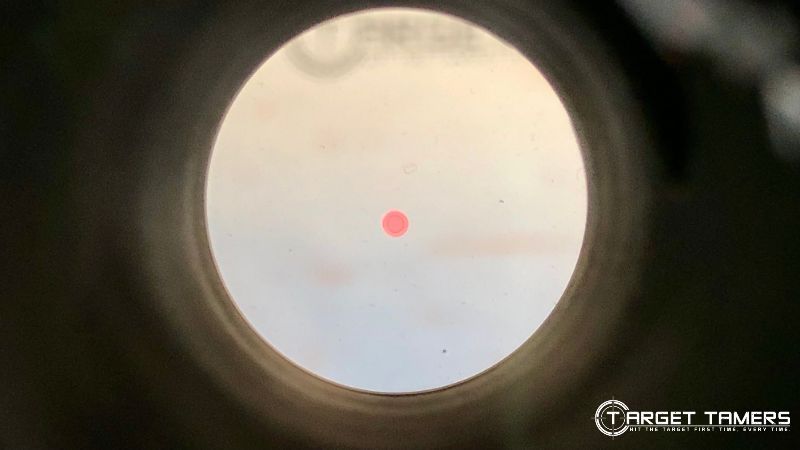
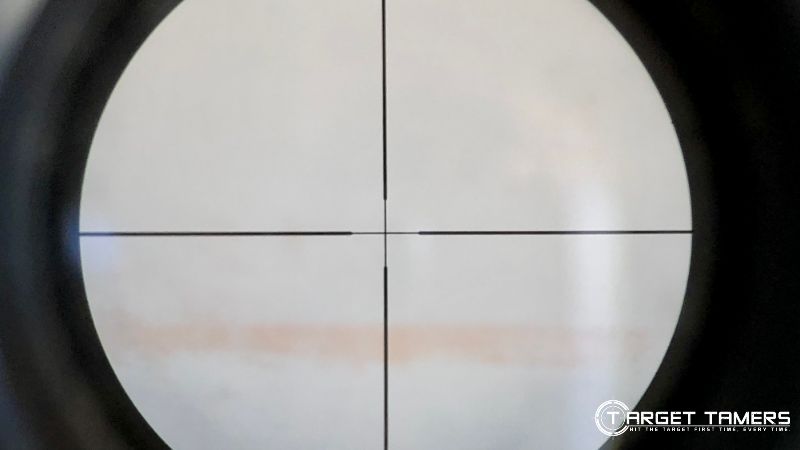
Being able to see the target through a scope or a red dot sight is one thing and being able to see your reticle is another. There are various types of reticles with both red dot sights and magnified scopes, and existing vision impairments can affect focus and seeing quality.
While red dots are extremely popular for their illumination and simple dot reticle, those with astigmatism will have a difficult time using them. The dot can look like double dots, clusters, comet with a tail, smudge, or some other anomaly. This may require the shooter to check out prismatic sights that may help to reduce aberrations. We have tips to help recognize and overcome red dot astigmatism issues here.
If you’ve discovered that red dots are out of the question, a magnified scope may be the only option. However, not every scope is good for old eyes. Other features such as glass quality, focusing, eye relief, and more must be considered.
The bottom line is that most shooters can overcome issues due to vision impairment with a magnified rifle scope versus a red dot sight.
Winner: Scope
Price
Both scopes and red dot sights are available at every price point regardless of your budget. You can find rifle scopes under $100 and great value red dot sights. Which is more expensive? Rifle scopes cost more than red dot sights.
If you were to pit some of the most popular and high-priced optics against each other, the top rifle scopes cost more than the best red dots.
For a visual example:
| Red Dot Sight | Retail Price (Approx.) | Rifle Scope | Retail Price (Approx.) |
|---|---|---|---|
| Trijicon RMR | $500-$900 | Zeiss Victory V8 | $3000-$4000 |
| EOTech HWS | $500-$800 | Leupold Mark 5 | $1900-$3200 |
| Aimpoint CompM4 & M5 | $900-$1100 | Swarovski Z8i | $2800-$4000 |
| Trijicon MGRS* *Specialty machine gun reflex sight | $5000 | NightForce ATACR | $2400-$3600 |
Red dot sights can run into the thousands of dollars, but at that point, you’re also adding specialized hybrid features such as lasers, magnification, thermal, night vision and more. Don’t forget that rifle scopes also get more expensive as you start looking into specialty features like thermal and night vision.
Winner: Red Dot
Red Dot VS Scope: Which is Best for You?
Generally, the red dot is fast to use and best for close-range distances. It offers a lot of advantages that the rifle scope cannot compete with. However, rifle scopes offer more precision at longer ranges with magnification that allows you to see and put crosshairs on the target.
After application and feature comparisons of the two types of rifle optics, you should be able to determine what user preference means to you.
Whichever you choose, it means many range days are ahead to practice and familiarize yourself with your setup.
Further Reading

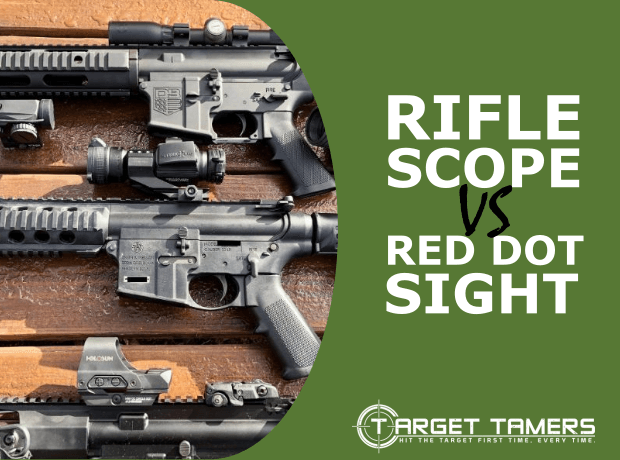
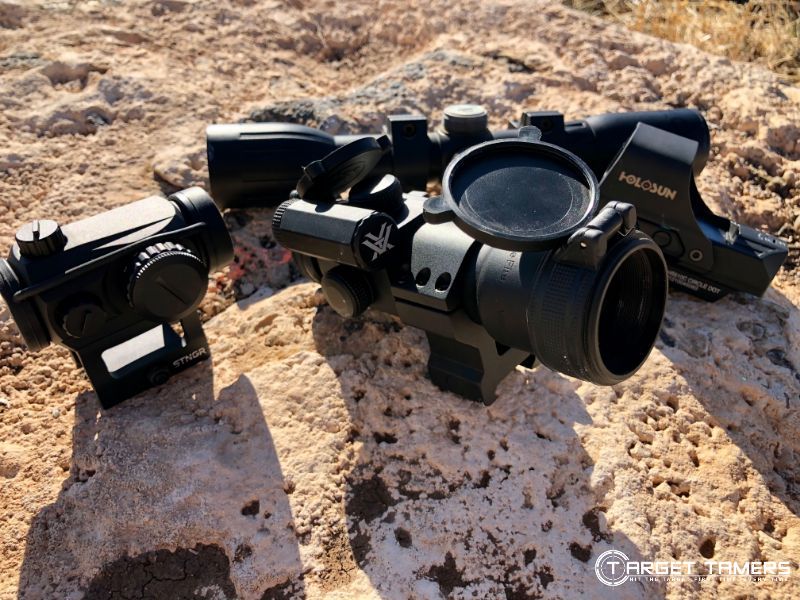
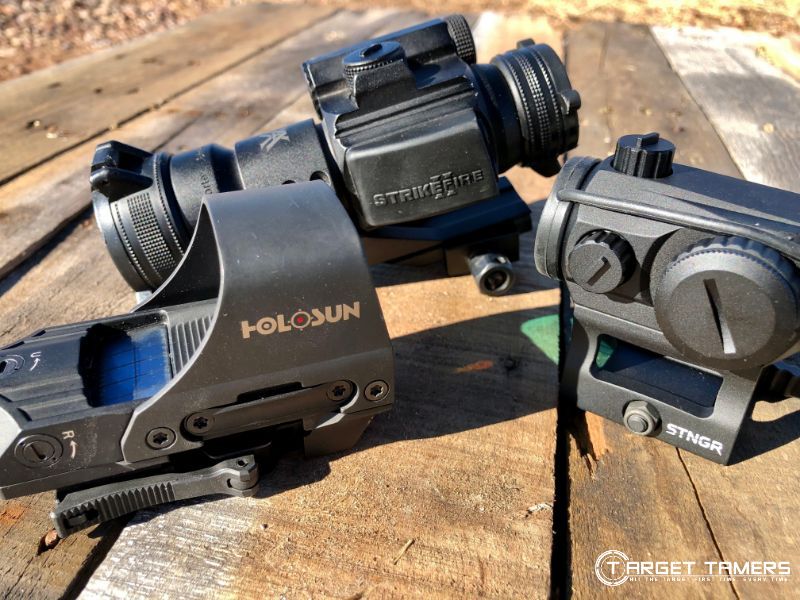
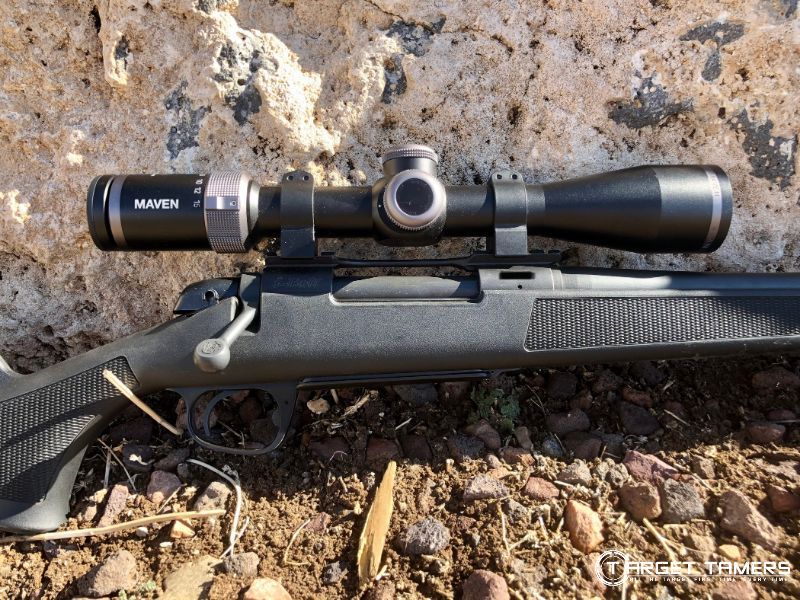
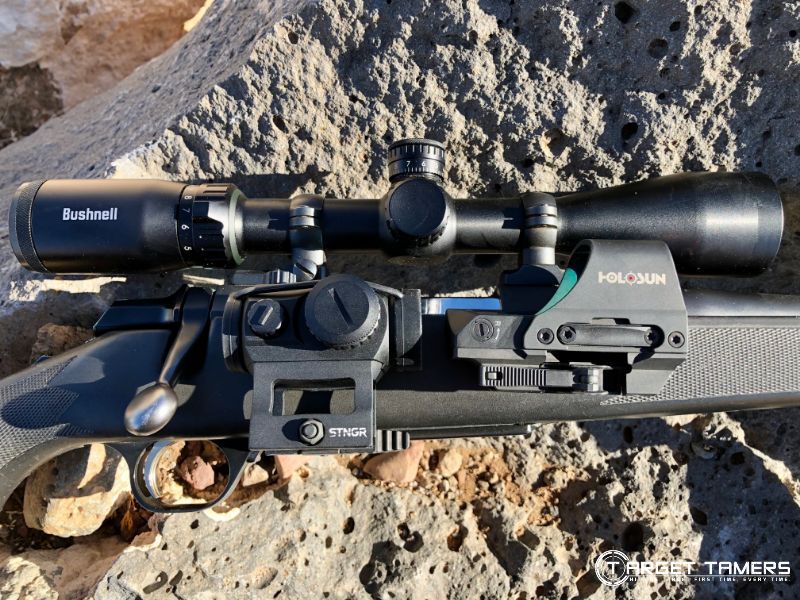
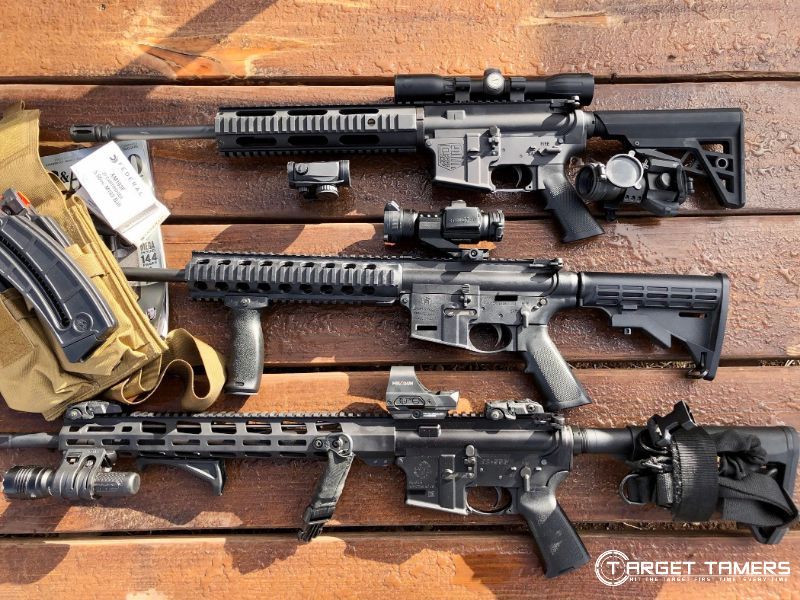
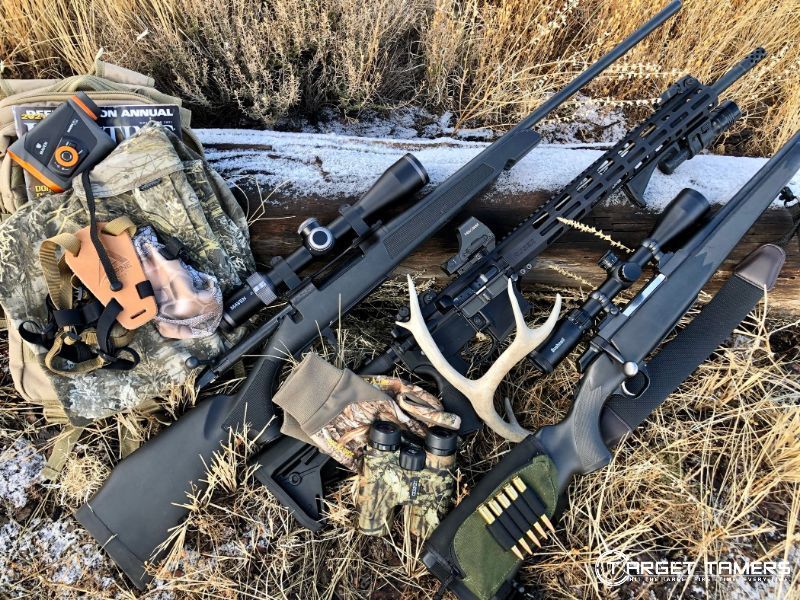
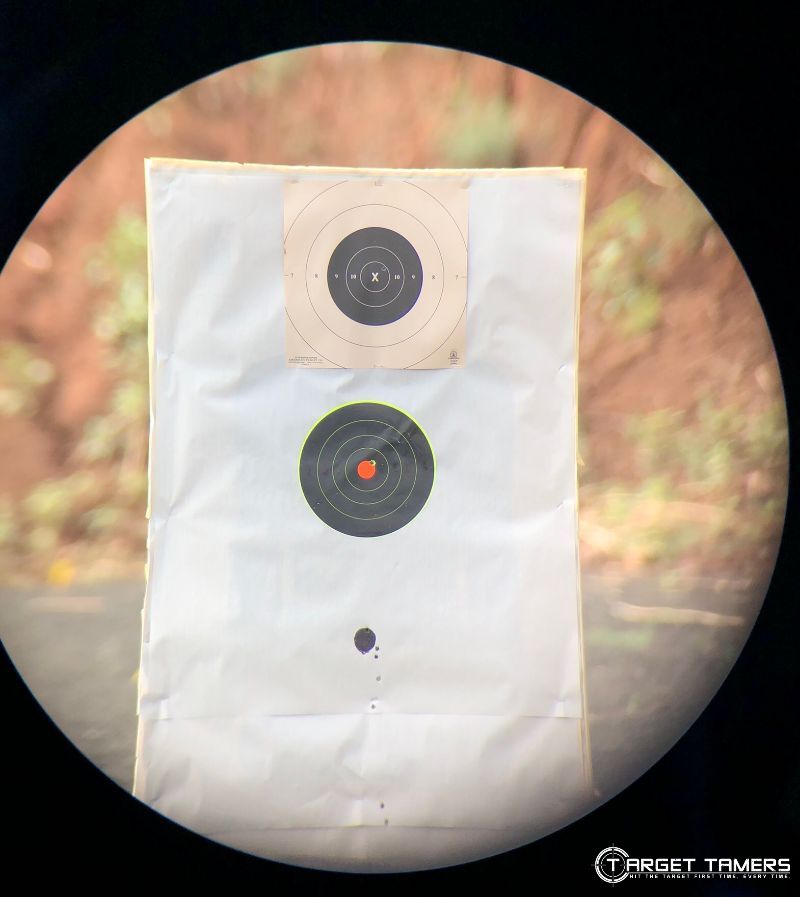
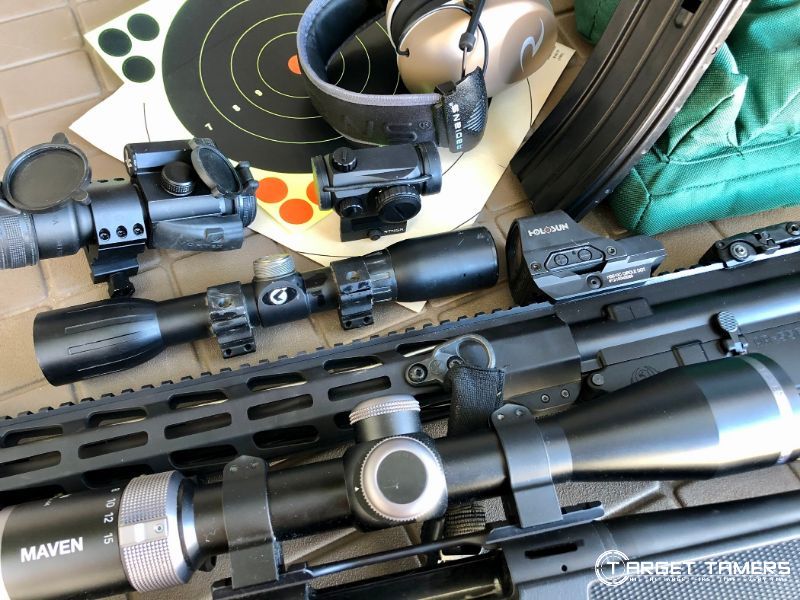
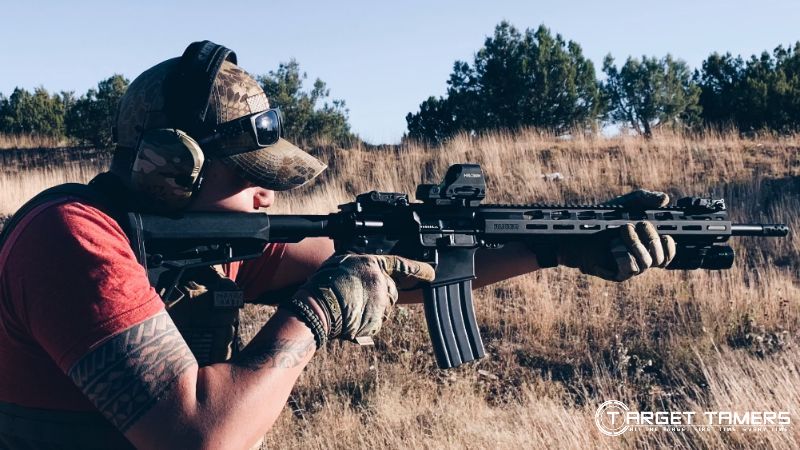
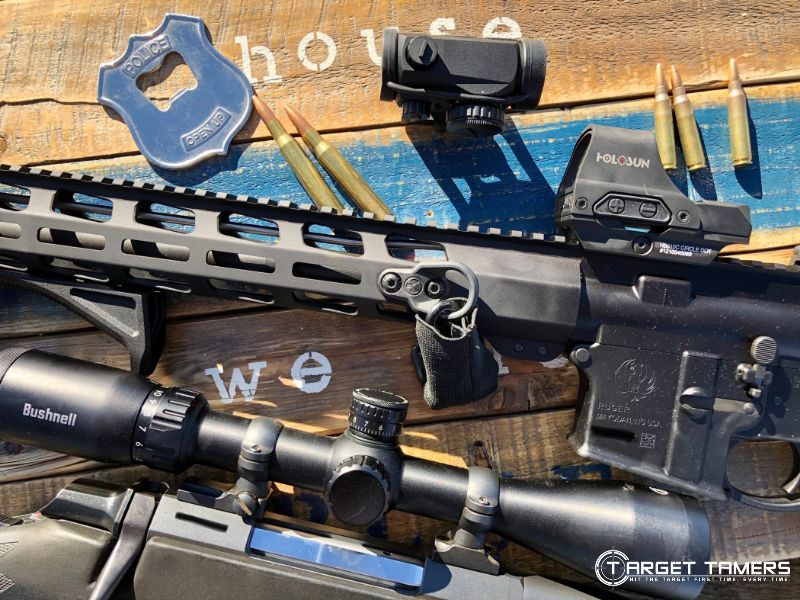
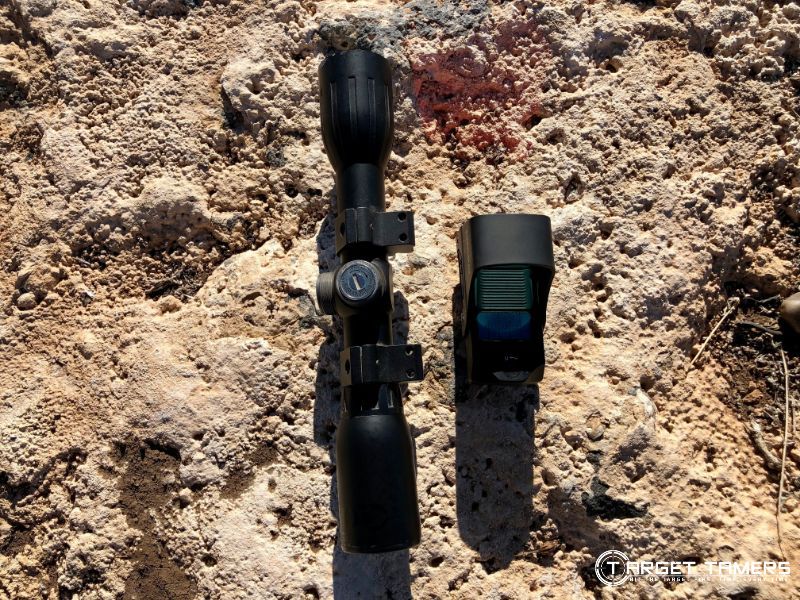
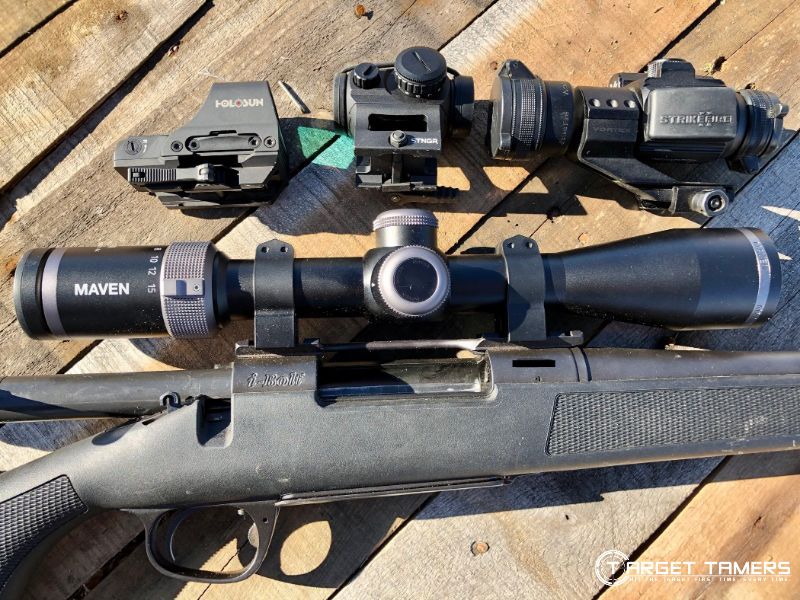
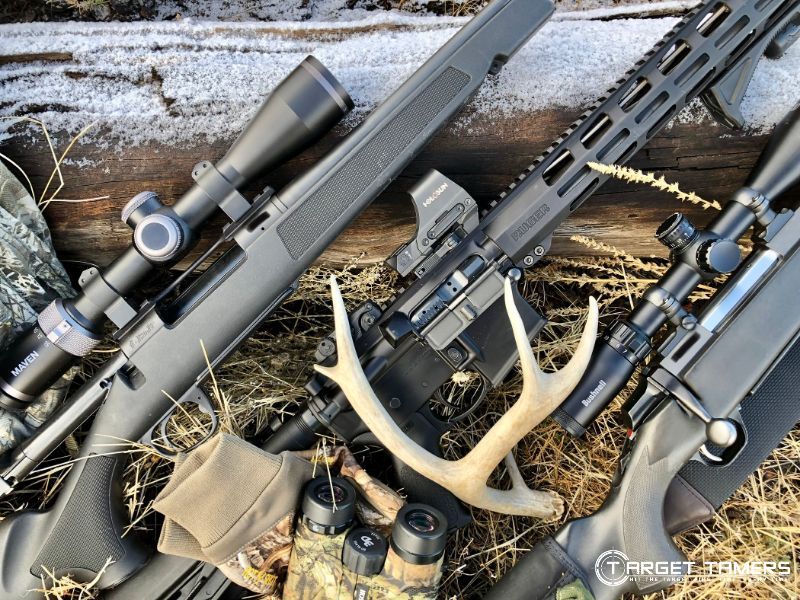



Very helpful. I am 75 and I would like to help my old eyes with a red dot on my new Henry 30-30. My normal distance shooting is under 100 yards, but sometimes to 150 yards. Does that take the red dot out of contention?
Rick, I'd think the red dot would still be a good option. By the sounds of it, with practice you'll get a good idea of what your shots will look like at 150 yards with it - and which is certainly in the wheelhouse of the Henry 30-30 (congratulations on that).
With having mentioned your vision, it could be helpful to consider a magnifier to go with the red dot for those 100-150 shots if/when you need it. I hope this helps!